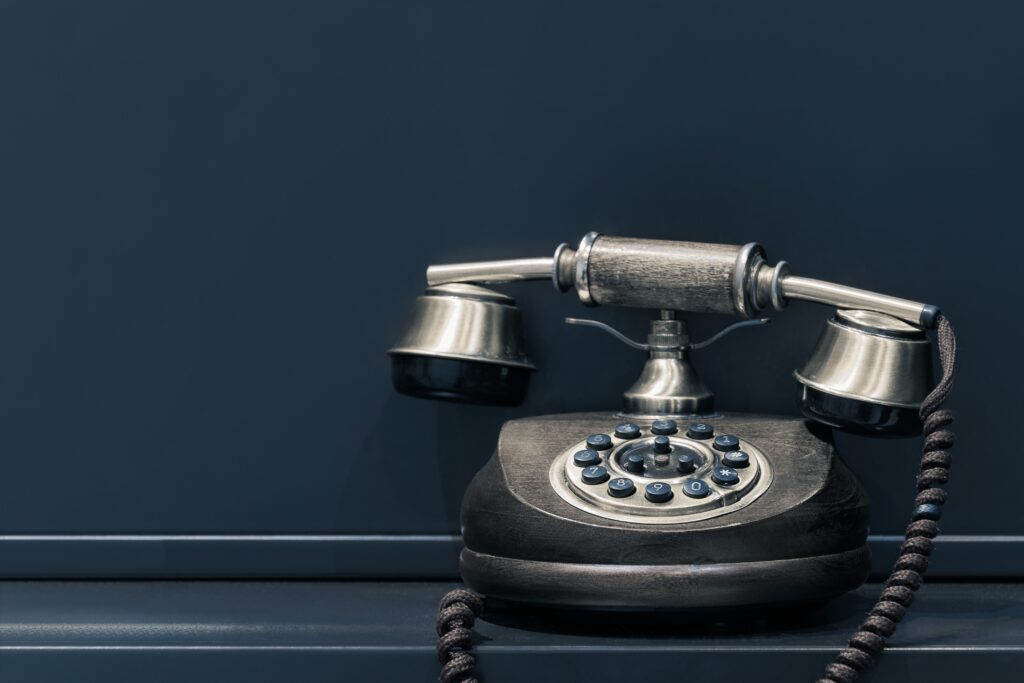
Photo by Pawel Czerwinski on Unsplash
Back in April 2021, I wrote about Working from Home. One of the points was about video calls and how to “read eyes” to gauge the attendees’ interest and your communication success. Now, however, we’re experiencing “video fatigue.” We’re combating this by returning to telephone calls to discuss chemical process development.
But some people have forgotten how to have an effective phone conversation. Others are afraid to pick up the telephone. Fortunately, I’ve always valued what can be gained in a quick call. I have developed my calling confidence and the skills needed to remain focused on my goals for that interaction. To me, phone communication is like yoga and meditation. As we do them repeatedly, we get better at them.
P&ID’s strength is in asking questions and thinking critically about chemical process development. How does that translate over the telephone? Let’s take a step-by-step approach.
Chemical process development calling
My first move is to pick up the telephone and “clear the air.” A complex process problem generally cannot be discussed effectively via e-mail or texts. It can be time consuming, confusing, and complicated. The extended back and forth tennis-match only leads to frustration and further misunderstanding.
Weighing the telephone call rather than video call, I’ll consider the objectives versus the expediency offered. If the question can be answered or issue solved with a telephone call, I’ll prefer that to a video call. It’s easier, quicker and no one is “performing” on the call. During the telephone call, you can walk around, look outside, etc. This can help to drive productivity and social connections. I know that when I have a call, we always accomplish the objective.
I make a list and a call guide before the call, so that I can be sure that all items are covered. Plus, P&ID always follows up with an e-mail summary of the call. This ensures capture of all the critical information exchanged for the project and clear delineation of responsibilities for next actions.
I also treat every call with a client as a way to “check-in.” Of course, there must be an agenda for that call. But as I noted when writing about Agile Project Teams, sometimes informal and frequent conversations improve overall effectiveness. You can gain fresh insight into a process problem in a friendly call where the conversation takes many different turns.
More benefits of picking up the phone
Finally, a call can also help with networking. Talking with the client may uncover other opportunities. This works in both directions. During the conversation, the client can also mine your knowledge to anticipate future projects or learn about new ideas and technologies. Brainstorming on the telephone is fun.
Of course, while there are many benefits to making a telephone call, be careful not to infringe on the other person’s time. This is especially true now that we all use cell phones and can be reached almost anywhere. P&ID always asks if this is an appropriate time for a call.
In calling, P&ID is also careful to choose the correct phrases and be careful with language. This is especially necessary as the P&ID business cuts across worldwide applications and cultures.
I’d love to hear from you about your chemical process development. Let’s have a telephone conversation. My telephone number is on every page of my website. It would be great to hear from you. I look forward to the cell phone ring.

